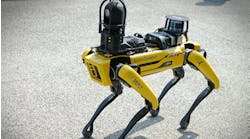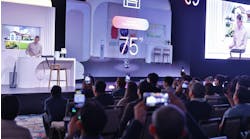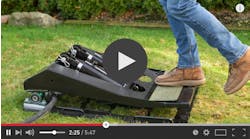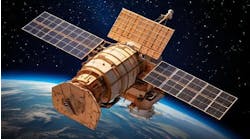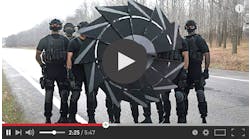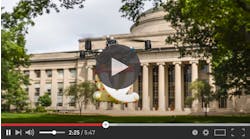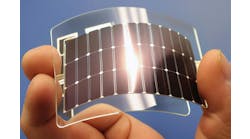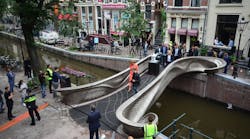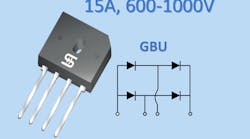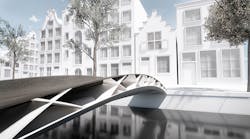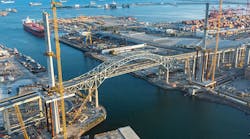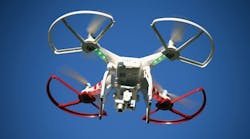Latest from Technology Innovations
Gravity-Defying Robot Will 3D Print a Steel Bridge in Mid-Air
MX3D teams up with Autodesk to 'draw' an ornate steel walking bridge over a canal in Amsterdam.
We have been talking about 3D printing for decades at NED. It began with rapid prototyping—rough plastic models that quietly began helping automakers increase their R&D speed in the 1990s.
Lately, however, the conversation has shifted to finished products—plastic, metal, and even ceramic components built up layer by layer into impossible products that are already popping up in our jets, our shoes, and our pockets.
To date, most of these components have remained rather small. Bottle openers, fuel injectors, brackets, and fixtures.
There are a few exceptions to this rule, but most machines are still locked into the confines of tight build boxes and material constraints.
One company, however, has broken free.
MX3D, an R&D start-up in Amsterdam, has designed a steel-printing robot that offers a completely open-build platform and the ability to print intricate, gravity-defying structures in mid-air.
“What distinguishes our technology from traditional 3D printing methods is that we work according to the ‘Printing Outside the box’ principle," explained MX3D CTO, Tim Geurtjens. "By printing with 6-axis industrial robots, we are no longer limited to a square box in which everything happens."
The result is a magical, impossible display of technological progress, drawing steel lines and structures as it from nothing and hanging them, suspended in space. It is exactly how the future is supposed to work.
In 2017, the company will begin its first real-world test of the technology, printing a steel footbridge across an Amsterdam canal. The robots will build with no supports, no cranes, and no human intervention. Just the physics of the design and the power of the machine.
The result will be an ornate, solid steel structure strong enough to handle heavy Amsterdam foot traffic and beautiful enough to match the famous cityscape.
It may also create a whole new 3D printing industry in the process.
"I strongly believe in the future of digital production and local production, in 'the new craft,'" designer Joris Laarman said on the project page. "This bridge will show how 3D printing finally enters the world of large-scale, functional objects and sustainable materials while allowing unprecedented freedom of form.
"The symbolism of the bridge is a beautiful metaphor to connect the technology of the future with the old city, in a way that brings out the best of both worlds," he added.
